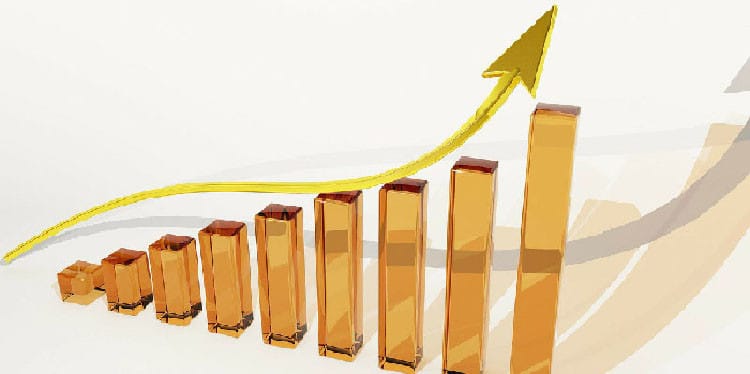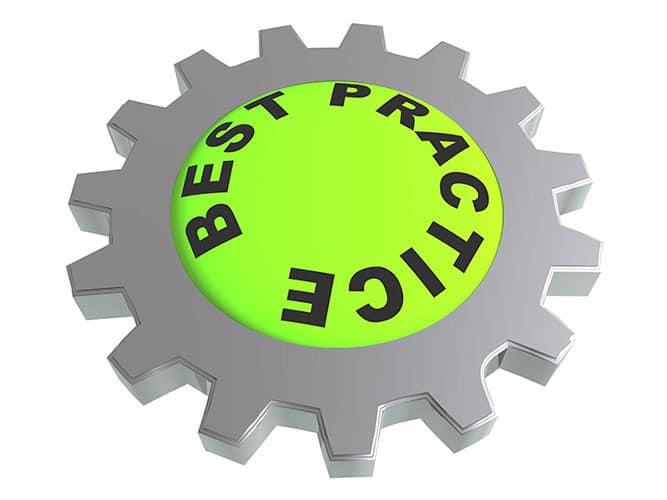A procurement strategy is made up of a myriad of components, processes, and systems. In broad scope, procurement is essentially an organization-wide effort. From accounting and finance to inventory, to production and internal operations; procurement affects every aspect of a company across the board. As such, supply chain management is an integral and vital element for your team to include in their procurement strategy. To bolster and modernize your supply chain management efforts, it’s well worth investing in e-procurement.
E-procurement has an important role to play in supply chain management. Supply chain management is, at the most basic level, the management of the movement or flow of goods through an organization. This, again, is a very simplified definition of what supply management is, as there are many facets to the system. For instance, on the production side of things supply chain management handles the storage of totally finished goods, partially finished products, and raw materials as well.
While on the internal side of supply chain management are activities that include things like purchasing processes for materials, supplies, and resources that the organization consumes over the normal course of conducting business. Putting both sides of the coin together, supply chain management is responsible for the entire flow of goods and services through an organization.
E-Procurement in Supply Chain Management
E-procurement is taking the procurement process and turning it digital. In other words, e-procurement makes use of the internet and other virtual networks and means in order to conduct their normal procurement activities. E-procurement has been developing steadily over the past few decades and has reached a point where it certainly dominates the industry and is widely considered a best-practice.
Being so widely adopted as a procurement process already, it makes sense then that e-procurement has a significant role in the supply chain management process. As discussed above, supply chain management, as the management of the flow of goods and services through the organization, and procurement, the lifecycle of goods and services as they’re acquired by the organization, go hand-in-hand with one another.
There are many ways in which e-procurement affects and impacts supply chain management, but here’s a closer look at a few of the significant aspects that e-procurement brings to supply chain management.
Contract Management Software
Contract management has a huge role in procurement. With procurement professionals constantly working on new deals, finding new suppliers, vetting bids, and other daily tasks; contract management is often overseen by a specific person or team of people.
Implementing e-procurement practices into your supply chain management, like incorporating a cloud-based procurement platform, however, will alleviate some of the activities your team performs around contract tracking, evaluation, and management. By bringing an e-procurement solution into your contract management process, your team will have stronger insights into which contracts are valuable contracts, areas where cost savings can be achieved, and access to other data that yields powerful insight.
Additionally, contract management software practices will allow your team to have an automated review schedule, with reminders, keeping the entire organization on track, making sure extension/termination decisions are made in a timely manner and allowing the wheels of supply chain management to turn smoothly.
Automation
Keeping track of the contract review schedule and mining cost-savings data aren’t the only places where automation and e-procurement meet at an intersection with supply chain management.
Automation isn’t really a new concept in any industry, however, it is an evolving one. The new ways in which procurement professionals and e-procurement software are implementing automated activities work in concert with traditional procurement lifecycles. Managing manual activities like vetting potential suppliers, sending out RFPs (request for proposals), and other tasks that free up the procurement staff to focus on more meaningful organization actions.
Efficiency Boosts
E-procurement has many roles in the context of supply chain management, they all, however, lead to the same overarching goal: a boost in operational efficiency. By implementing e-procurement practices into your organization, and alongside your supply chain management efforts, the procurement process is streamlined throughout the entire organization. From communications internally and externally, to supply chain management, and the procurement lifecycle as a whole; e-procurement practices are seen as vital to keeping a procurement team modern and competitive.
E-procurement and supply chain management go hand-in-hand with one another. Equipping your procurement team with both will not only elevate the procurement department, but elevate the entire business as a whole.
Wrapping Up
E-procurement is essentially just the digitization of the procurement process. Making use of the internet and other virtual tools and networking techniques to fulfill the needs of the organization in terms of acquiring goods and services. This begins with the sourcing and contracting of goods and services, to payment in accounting and finance, and ultimately storage as well.
Supply chain management narrows this scope a bit further and is responsible for the flow of goods and services in and out of the organization. Implement e-procurement practices to enhance and elevate your procurement team, and ultimately, your business. For more information on everything and anything procurement, keep browsing ProcurePort’s impressive content library.










